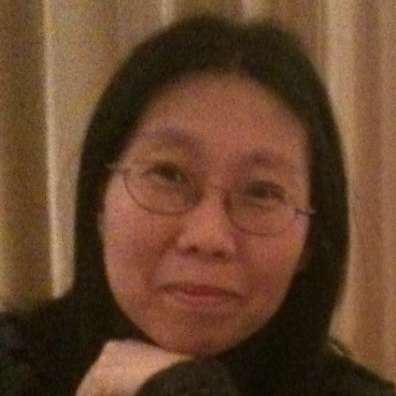Turandot, Puccini’s unfinished last opera, is a tricky work to stage in modern times. It was especially the sudden happy ending of the opera that troubled Àlex Ollé, one of the artistic directors of the famous Catalan La Fura dels Baus, when he was asked by conductor Kazushi Ono to stage this work for the Japan⇄Tokyo⇄World project. His production, which opened at Tokyo’s Bunka Kaikan Hall last week and transferred to the New National Theatre for four further performances as part of a unique co-production between these two venues, came up with a bold reimagining of this ending.
Ollé focuses on Turandot’s “trauma” as his central concept. She sings in Act II that the riddles for her suitors are a revenge for her ancestor Princess Lou-Ling, who was violently abducted and killed by a foreign prince. Ollé identifies this trauma as the source of her inability to love men and to emphasise this, he precedes the opera with a reenactment of this scene of violent attack in a wordless pantomime, thereby giving Turandot a back story. His other important concept is that Calaf doesn’t fall in love with Turandot, but with power, which was taken away from him when his father was deposed. I think it is a valid premise, but this lust for power doesn’t come across as clearly as Turandot’s trauma. He was violent when he wins her at the end (provoking her trauma again), but elsewhere, Romanian tenor Teodor Ilincăi’s demeanor seemed more like callousness than a thirst for power.
The production fielded two strong international casts: the cast I heard featured the indefatigable Irene Theorin as Turandot, Ilincăi as Calaf and local favourite Eri Nakamura as the slave girl Liù. Furthermore, having the noble voice of bass Riccardo Zanellato as Timur was luxury casting. A fine trio of Japanese singers sang the three ministers, Ping, Pang, and Pong, with agility and wit (here they became grave-diggers preparing burials for Princess Turandot’s victims). The joint chorus of the New National Theatre, Fujiwara Opera Chorus and Biwako Hall Vocal Ensemble were impressive, powerfully portraying the psychology of the oppressed masses. One could see from their facial expressions that each singer was playing a character with his/her own story and emotions, giving depth to the drama. The boys’ chorus sang with purity and sweet tone.
Alex Ollé teamed up with his usual designer, Alfons Flores, who loves big futuristic constructions for his sets (as in the Royal Opera’s Norma and Oedipe). It’s a single set in the shape of an inverted pyramid, a high-walled space in stone with crisscross pattern staircases. In the centre some coffins are laid out and the severed heads of the past suitors on sticks are on display higher up. In this closed space, the crowd, who with their rugged clothes and dirty faces look rather like miners, huddle together to witness the execution of the failed suitor. The Emperor (Hiroshi Mochiki) and Turandot, both dressed in white kimono-like garments with Chinese-inspired headdresses, descend from above on what looks rather like a spaceship – suggesting that “power” is high up and distant. In this dark, monochrome world, it’s symbolic that only Liù dress is red.
Theorin, a regular at Tokyo’s opera house, was in great form. Her wide vibrato needs getting used to, but it is a glorious and powerful voice which cuts through the orchestra. She gave the role more emotion than usual and because of the back story, one could almost sympathise with her. Ilincăi was a solid Calaf. His voice was well controlled and at no point did the voice seem pushed or forced; his “Nessun Dorma” was elegant and honest. Ultimately though, it was Nakamura’s sensational Liù that captivated the audience. Yes, Liù often steals the show with her purity, but her Liù was no mere poor slave girl, but a woman with a strong will and a noble heart. She performed with body and soul and with such genuine emotion. Her suicide scene brought to mind Madam Butterfly’s end. Turandot is visibly stirred by Liù’s self-sacrifice and she caresses her dead body. Just after Calaf kisses her, she takes her headdress off and comes out as a gay woman. In the final seconds of the opera, she kills herself with Liù’s knife, and Calaf is left alone.
For this special project, conductor Kazushi Ono brought into the pit the Barcelona Symphony Orchestra, of which he is music director. They are not a pit orchestra, but their warm and mellow string sound and attractive wind solos brought a different set of colours to this house compared to the two regular pit orchestras. Ono isn’t fond of pomp so the grand scenes were never overwhelming, but he excelled in the more intimate moments, for example Ping, Pang and Pong singing about their longing for their country homes, and in the riddle scene he focused on the colourful details of the score. His emphasis of the darker, dissonant aspects of Puccini’s score (the customary ending by Alfano was used) matched Ollé’s gloomy – although ultimately liberating – conclusion.




